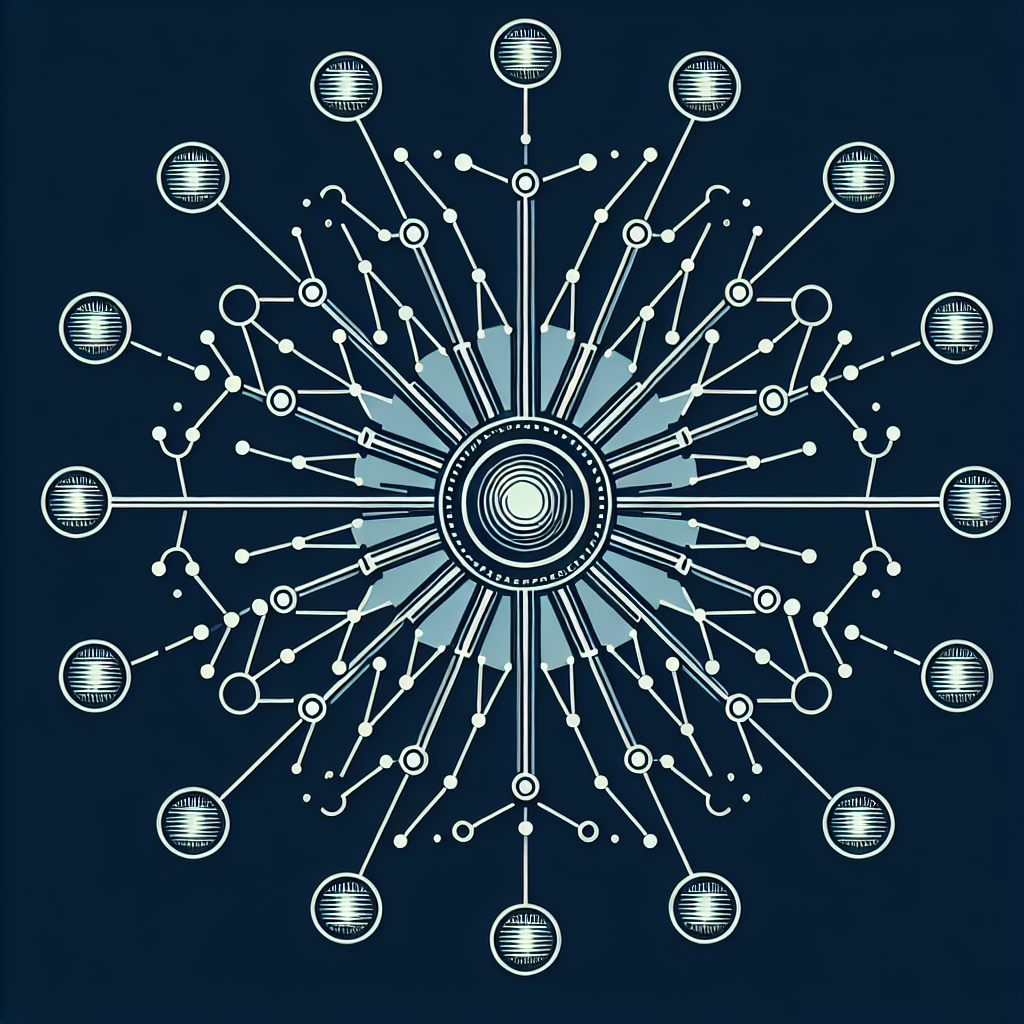Introduction to Star Topology
Star topology is one of the most popular network setups used in contemporary network designs. It features a central networking device, known as a hub, which serves as the focal point for all other devices in the network. Each device or node in the network is connected directly to the hub, forming a star-like structure, which is where the topology gets its name.
Role of a Hub in Star Topology
The hub in a star topology plays a crucial role by acting as a central point for data transmission. It is responsible for managing and facilitating communication between the different nodes connected to it.
Key Functions of a Hub
- Data Transmission: The primary function of a hub is to receive data packets from a transmitting device and broadcast it to all other connected devices.
- Network Management: Hubs help in monitoring and managing network traffic, making it easier to troubleshoot issues and maintain network performance.
- Device Isolation: In a star topology, each device is isolated from others. If one device fails, it doesn’t affect the overall network, thanks to the hub.
Features of a Hub
Not all hubs are created equal. They come with various features that enhance their capabilities:
- Port Density: The number of ports on a hub determines how many devices can be connected to the network.
- Data Rate: Hubs come with different data transmission rates, affecting the speed of the network.
- Active vs. Passive Hubs: Active hubs amplify the signal before broadcasting it, whereas passive hubs do not, limiting their range and efficiency.
Benefits of Using a Hub in Star Topology
Using a hub in a star topology offers numerous advantages:
- Simplicity: The simple structure makes it easy to manage and troubleshoot the network.
- Scalability: Adding or removing devices is straightforward, making the network easily scalable.
- Reliability: The failure of a single node does not bring down the entire network, enhancing reliability.
Limitations of Hubs in Star Topology
Despite its benefits, using a hub does have some limitations:
- Data Collisions: Hubs broadcast data to all devices, leading to possible data collisions and reduced efficiency in busy networks.
- Bandwidth Sharing: All connected devices share the same bandwidth, which can lead to network slowdowns as more devices are added.
- Lack of Intelligence: Unlike switches, hubs lack the ability to direct data packets intelligently, which can lead to inefficiencies.
Comparison of Hub in Star Topology
| Feature | Hub | Switch |
|---|---|---|
| Data Handling | Broadcasts to all devices | Forwards data to the specific device |
| Scalability | Moderate | High |
| Collision Handling | Higher data collisions | Minimized data collisions |
Conclusion
Understanding the role of a hub in a star topology is essential for designing efficient, reliable, and scalable networks. While it offers straightforward management and excellent reliability, it’s important to consider its limitations and whether more advanced devices like switches might be more suitable for specific network requirements.

